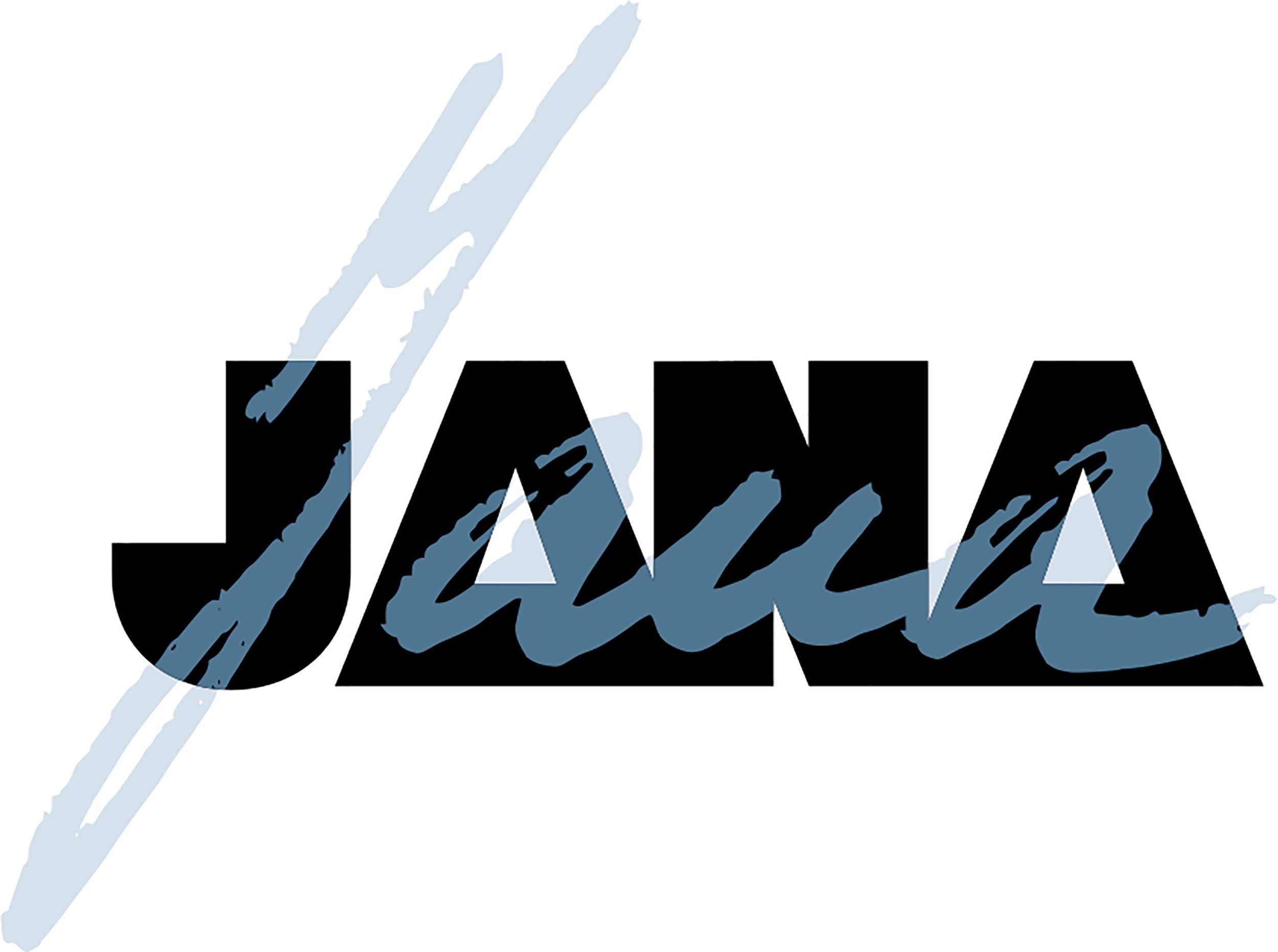A Week In My Art Studio || 1–7 April 2019
This was the week of experimenting with a different style known as “open-impressionism,” of Californian artist Erin Hanson. Her colourful impressions of nature are very easy to like. Looking at her work you feel at ease, happy and relate well to her images at the same time. It would be a mistake to think this is easy to achieve. The first thing you need to do is to cut out all the clutter and unnecessary detail away from your real scene but still leave enough for the viewer to read the painting correctly. Choose the right colour combination that is exiting but balanced. (A blog post about understanding colours will be posted to my website shortly).
For all three demonstrations I have chosen images from my Kimberley trip. As many of you know I am building a body of works for the Kimberley exhibition, and therefore I thought I might as well add to it.
To help my students understand how to see simplified images and more colour, I have put my photos through the free app Deep Art Effects. There is no app that can substitute your creativity but it could be useful to help you to switch it on. Please do not become addicted to it or you will be doing nothing else but copying again.
All my demonstrations were designed to take less than 3 hours, including my narratives to the painting as well as the time consuming task of mixing the colours – scary, I know! But my art classes are 3 hours long and not everyone can stay longer. Therefore the size of the canvas has to play a role. I have chosen to use a very common size 45 x 55cm and base-coated the canvas in coloured gesso. Two of canvasses had dull pink background and the evening one deep yellow.
I prefer to paint landscapes with palette knife and I decided to do just that. There is no need to rush like that when you are creating your own work, but the certain urgency will help you be more decisive and therefore faster. Painting with palette knife is refreshing, it is fast and colours stay clean and bright. As usual I pay particular attention to composition but the drawing aspect I kept to a minimum. Emphasis was on looseness, colour and texture.
I like to paint uninterrupted so I mixed most of my colours first and organised them logically from darker to lighter on my palette. Mixing colours is sooo relaxing… Palette knife application and this particular style uses lots of paint, so be prepared and mix your colours in large quantities.
After that, it is all about application – keeping the spatial perspective right and colours in balance. I enjoyed every minute of it and those who came did too.
Here are some of my students comments on these demonstrations:
“Thank you so much for your wonderful demonstration of palette knife technique this afternoon. I really appreciate your energy, enthusiasm and approach when demonstrating. Very insightful and educative. You’re amazing Jana.” – Elana
“Hi Jana, your demonstration today was amazing! Thank you.” – Sara
“Hi Jana, thanks again for your teaching & demonstration on Thursday. Graham and I had a great & inspiring day.” – Emilia
“I felt like giving Jana an applause at the end of the Thursday demonstration I attend first. The two and a half hours in which she did the Bungle Bungles landscape went very fast with valuable insights on the whole painting process given each step of the way i.e. from planning the composition and colours, mixing the right colours and then working each area and the painting as a whole. My notebook got filled with these nuggets of wisdom and I came back for an encore to one of the other demonstration sessions. Following my notes I created a beautiful painting that I am proud of and inspired to continue down the road she has shown us. Thank you, Jana!” – Daniela
The video of the demonstration will be released in its entirety, with full commentary soon on my website. I trust you all learnt something and will give it a go. Some of you have already tried and I am sure the rest will follow – I will post your works as they get created.
Some excellent results from Daniela and Graham below;












